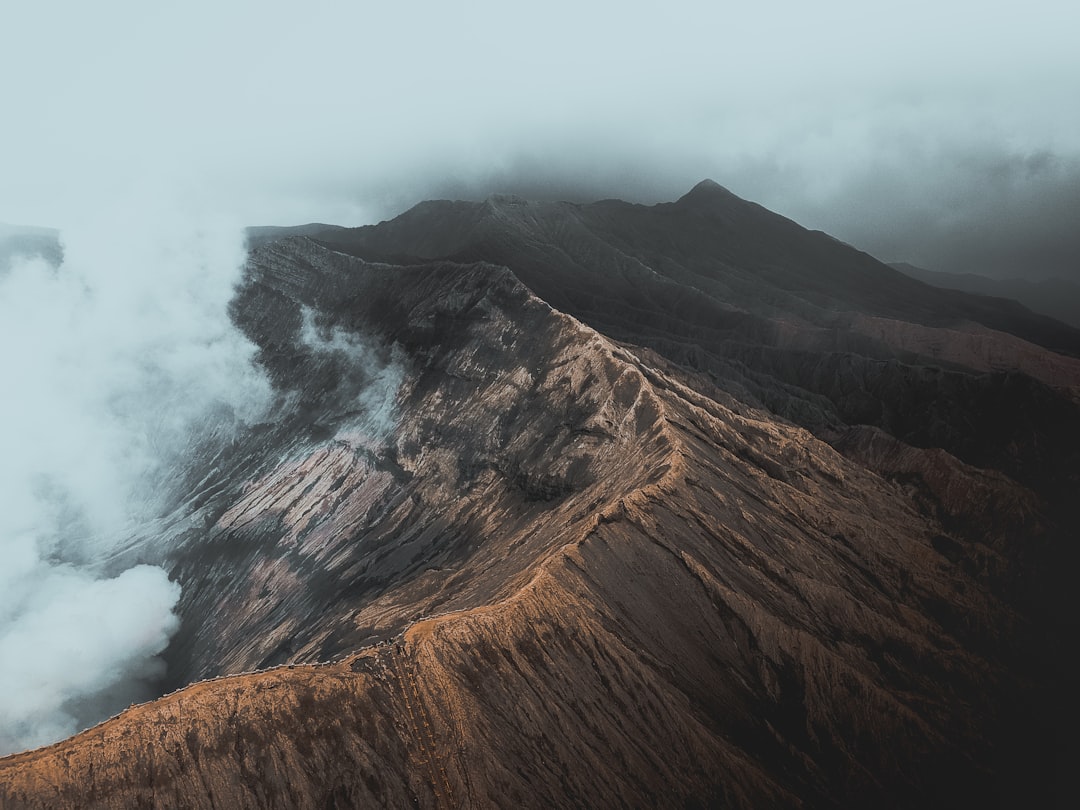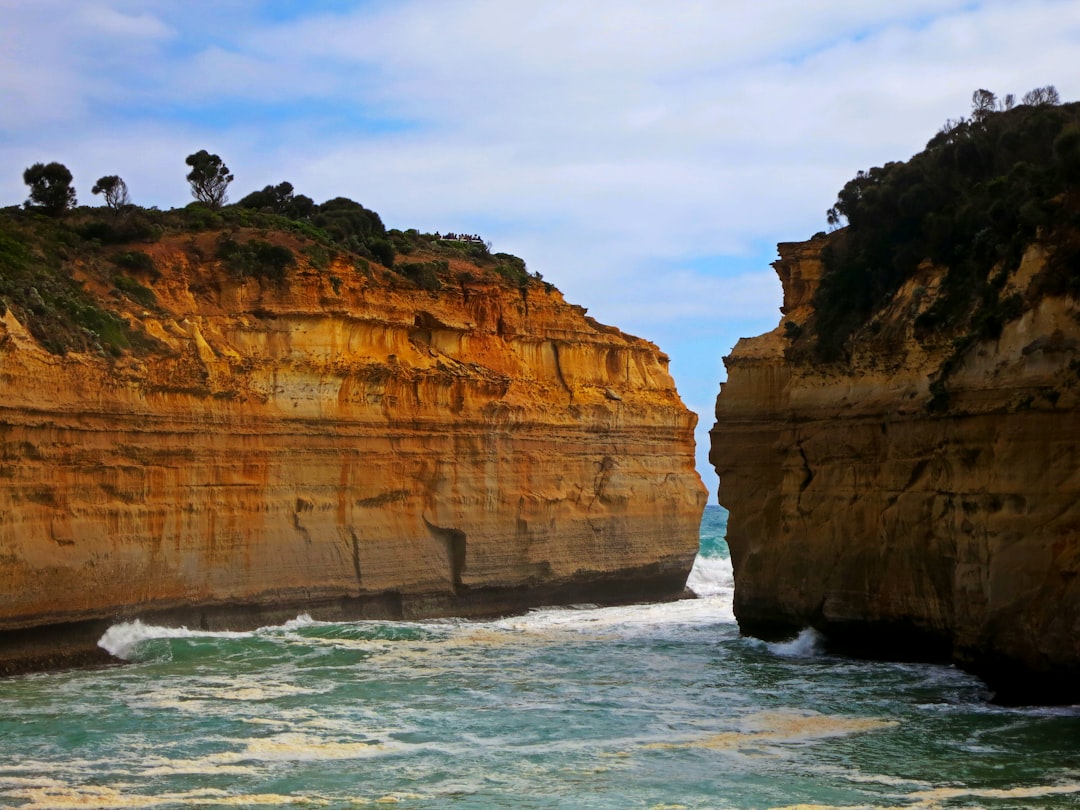What is it about?
From lab experiments, we know the current speeds under which sediments begin to move. Such knowledge is needed for a wide range of applications. However, it is less clear if those predictions apply in practice in "real world" situations. In this study, we used a high-resolution model of wave motions to predict wave-generated water movements at the seabed. We compared them with predictions from the lab experiments. The results suggested that the sands on the whole shelf of Santa Maria Island (Azores) should have been moved during winter storms, but this is contradicted by our field evidence showing deposition in the mid-shelf. This comparison allowed us to work out a correction factor.
Featured Image

Photo by Austin Neill on Unsplash
Why is it important?
Stresses at the threshold of motion are needed for predicting sand fluxes under currents and for much other work in sedimentology, but it is unclear how accurate those predictions are in field situations. This could arise because of inaccuracies in either the threshold stresses or the stresses imposed on the bed (e.g., by waves, tidal currents, etc.). Field experiments are needed where the stresses imposed on the bed can be well predicted and where there are independent constraints on sediment mobility and deposition. Wave-influenced shelves potentially allow for such tests.
Perspectives
We bumped into this idea while trying to apply the threshold stress formulae to samples recently collected around the shelf of Santa Maria Island.
Dr Neil C. Mitchell
University of Manchester
Read the Original
This page is a summary of: Wave‐influenced deposition of carbonate‐rich sediment on the insular shelf of Santa Maria Island, Azores, Sedimentology, January 2022, Wiley,
DOI: 10.1111/sed.12963.
You can read the full text:
Contributors
The following have contributed to this page










